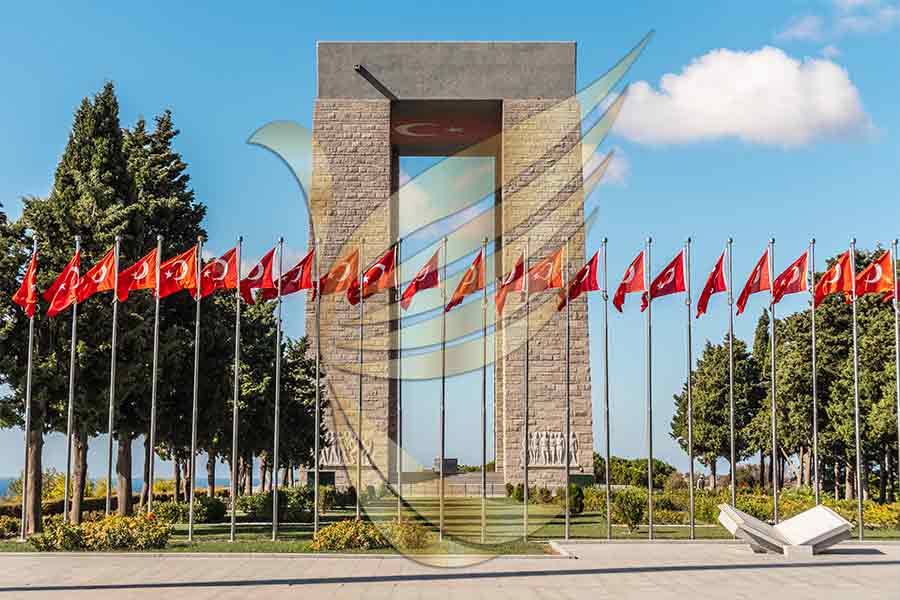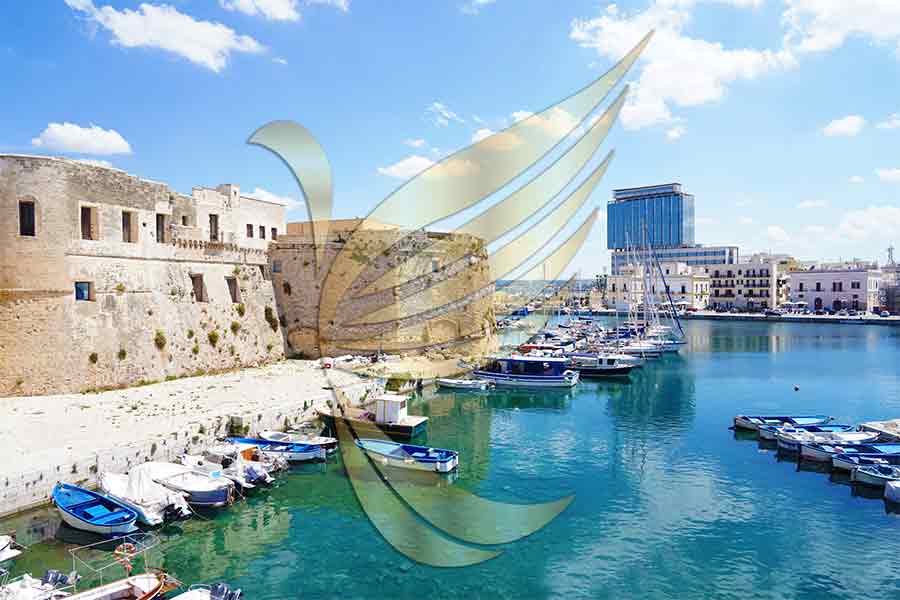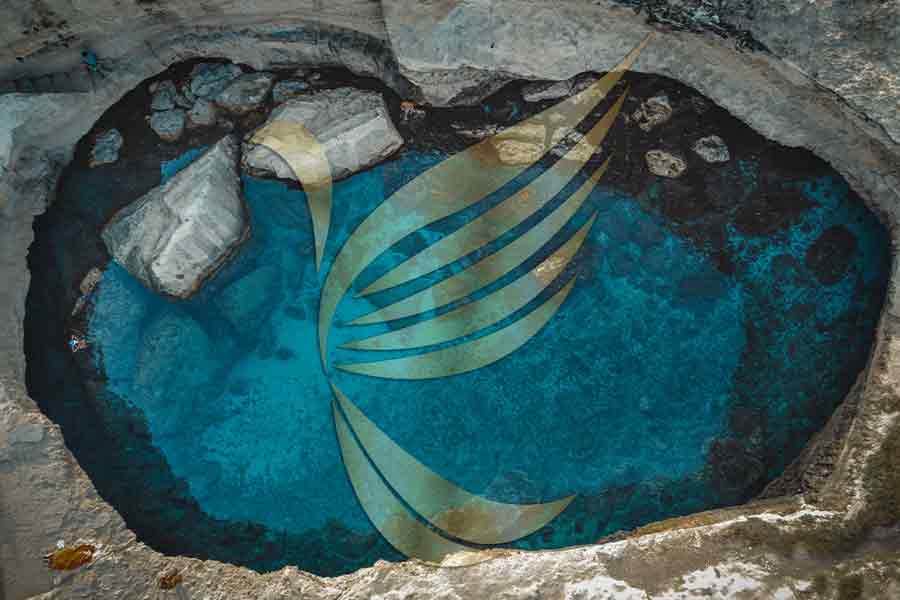
Gallipoli and the Story of the Anzacs
‘ANZACS’ stands for Australian and New Zealand Army Corps. On the 25th of April 1915, Australian and New Zealand soldiers formed part of the allied expedition that set out to capture the Gallipoli peninsula. These became known as Anzacs and the pride they took in that name continues to this day.
In 1915, fighting during war I had reached a clear stalemate in Northern France. The Allied governments were searching for the way forward and noticed that in parts of Southern Europe there have been long stretches of coastline with difficult terrain, defended by Austrian and Turkish forces who were seemed to be weak. Germany it might|perceived to have a “soft underbelly” and if a bridgehead may be established it would be relatively easily meet up with Russia and drive straight into the guts of Europe.
What Happened on the Gallipoli Peninsula?
The Gallipolli peninsula in present day Turkey was chosen as some extent of attack but it proved to be rather more difficult than expected. The coasts were windswept and bare with few bays and lots of steep cliffs. The land was well defended by 84 000 troops, the ocean was heavily mined and attempts to use naval strength failed with the loss of two battleships.
Despite this, on 25th April 1915, an Allied army containing an oversized number of Australians and New Zealanders (ANZACs) landed at Gallipoli. Some attacks were successful because the Turks were unprepared but others were fiercely defended. At one beach, Allied troops were massacred and a British pilot reported that the ocean was “absolutely red with blood”
The survivors fought their way in land to drive the Turks back and various footholds were gained. The Turks, under the determined leadership of a neighborhood commander called Kemal, continually prevented the Allied troops from capturing their real objective which was the hills above the beach which lie the full length of the peninsula. Unfortunately for them, the Allied troops became trapped between the steep hills and also the open beaches and repeated attacks led to awful losses with thousands dying to capture some hundred yards.
They had no choice aside from to dig in because the fighting continued and increased in intensity because the summer approached. In August, a second landing was made at the nearby Suvla Bay where 5 000 Turks were killed in one morning.
Between offensives, the boys lived in awful conditions, sweating within the heat, surrounded by their dead with disease spreading like wildfire. Even so, a friendly respect grew between the opposing armies specified Allied troops threw tinned beef to the Turks who threw fruit and sweets back.
The Allied Generals in London began to possess doubts about the operation and in November 1915, Lord Kitchener was sent to research. He soon realised it absolutely was hopeless to fight on, ordered a withdrawal and by January 1916, no Allied Troops were left at Gallipolli.
ANZACS Day
Every year, the 25th April is well known as ANZAC Day and it’s commemorated throughout Australia and New Zealand. An annual Rugby League matched game is staged between the 2 countries on or just about ANZAC Day and is termed the ANZAC Test.
In 2015, to celebrate the centenary of Gallipoli and also the ANZACs it’s proposed that the ANZAC match were happen in Turkey, possible at an outsized soccer stadium in Istanbul.
As Rani Travel family, we serve with our successful team to give you an incredible travel experience. In our guided tour, you can have more information that is not covered in our article. Enjoy the best guided tour of Turkey. We recommend you to review our page for Turkey tour packages. You will always contact us for more detailed information.


